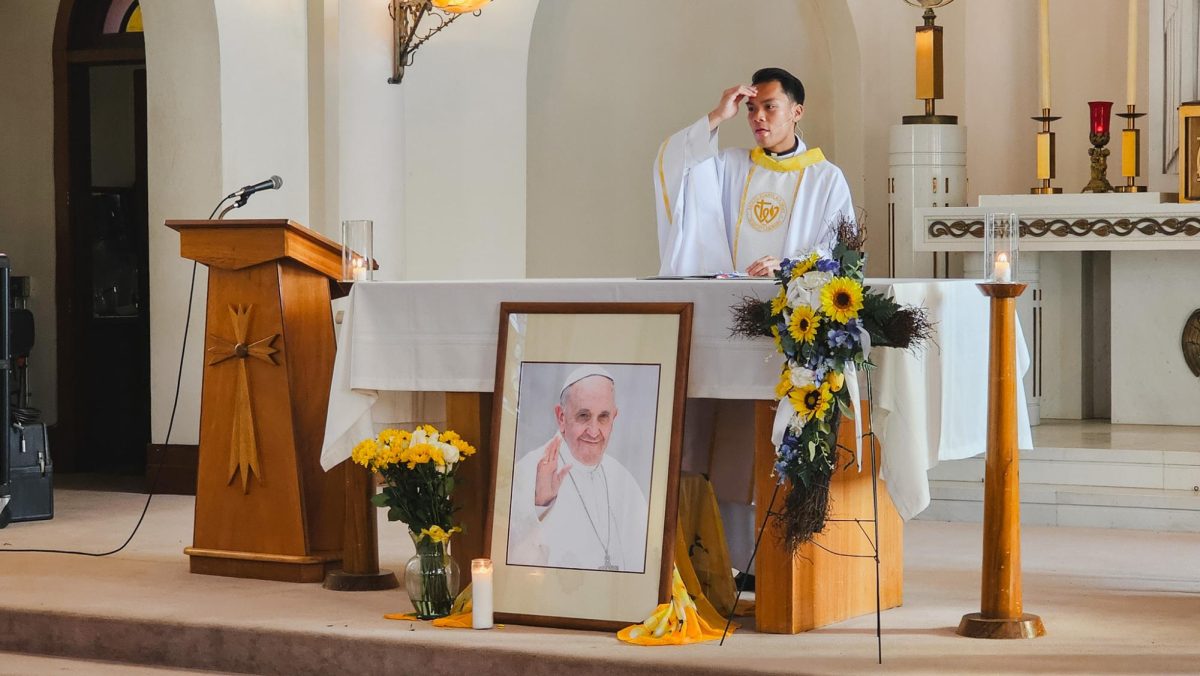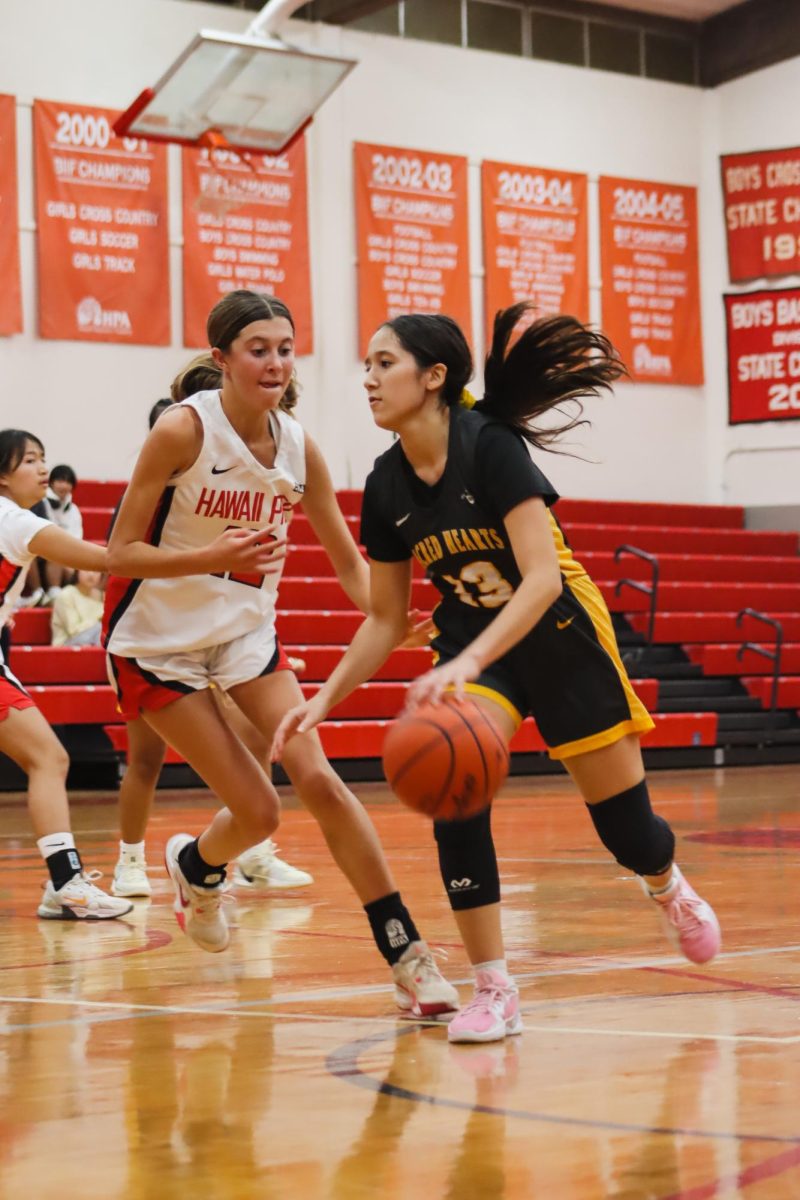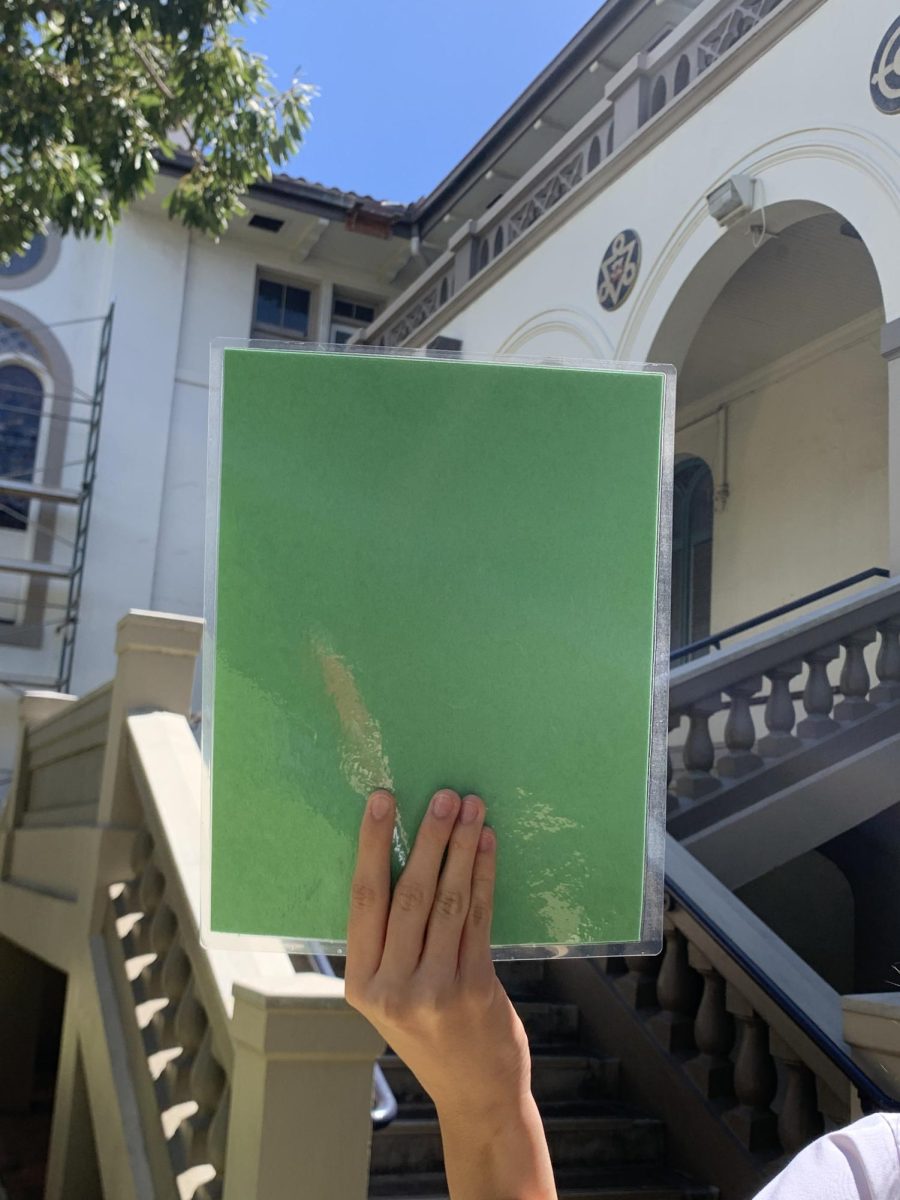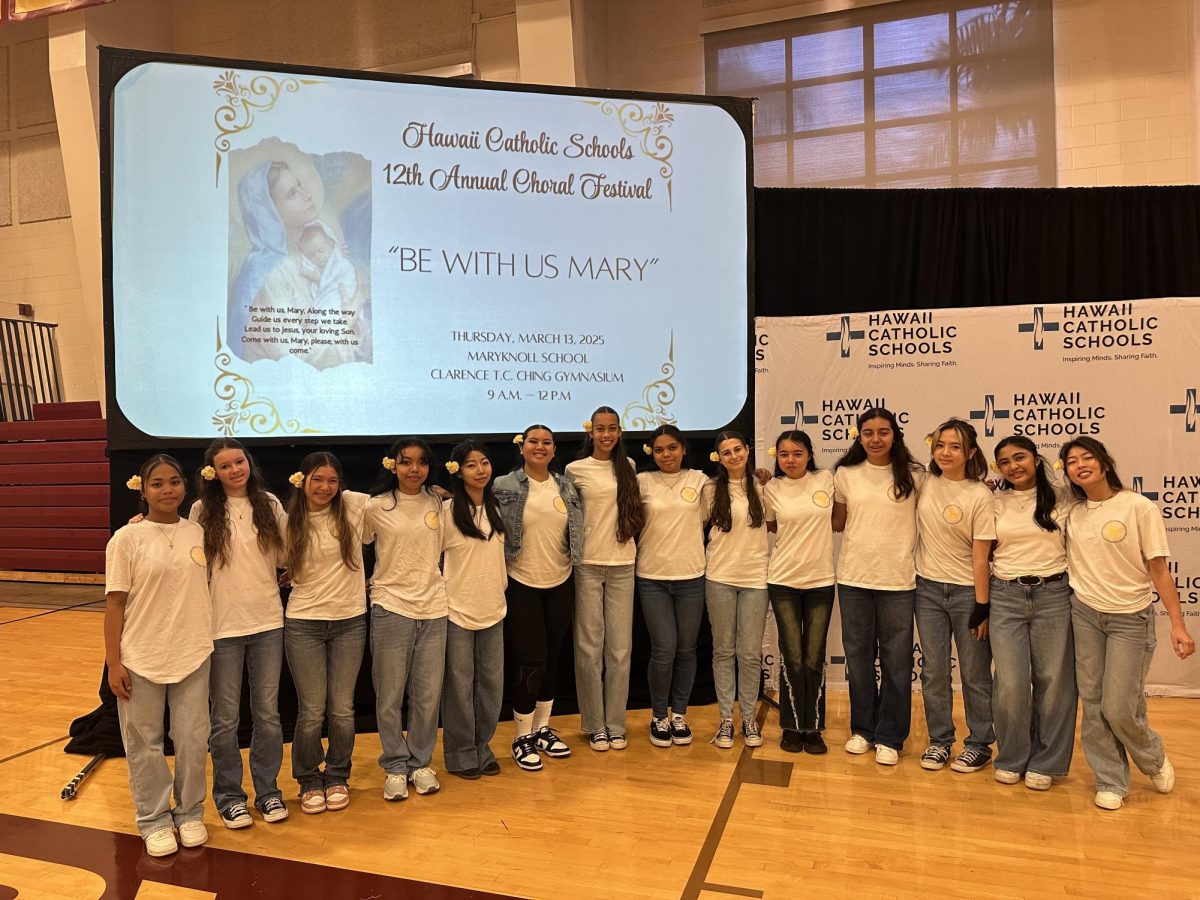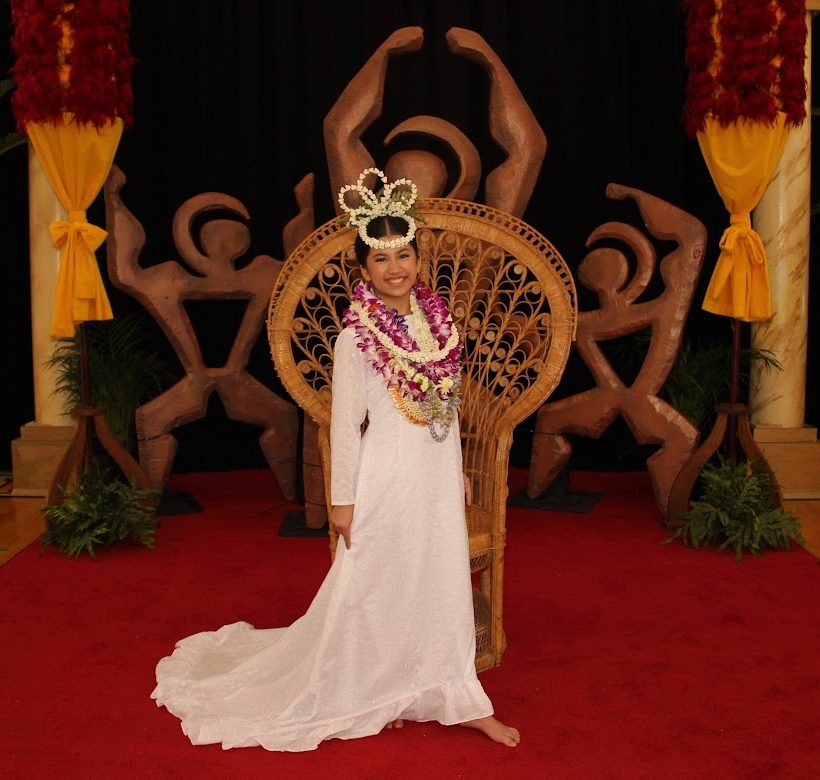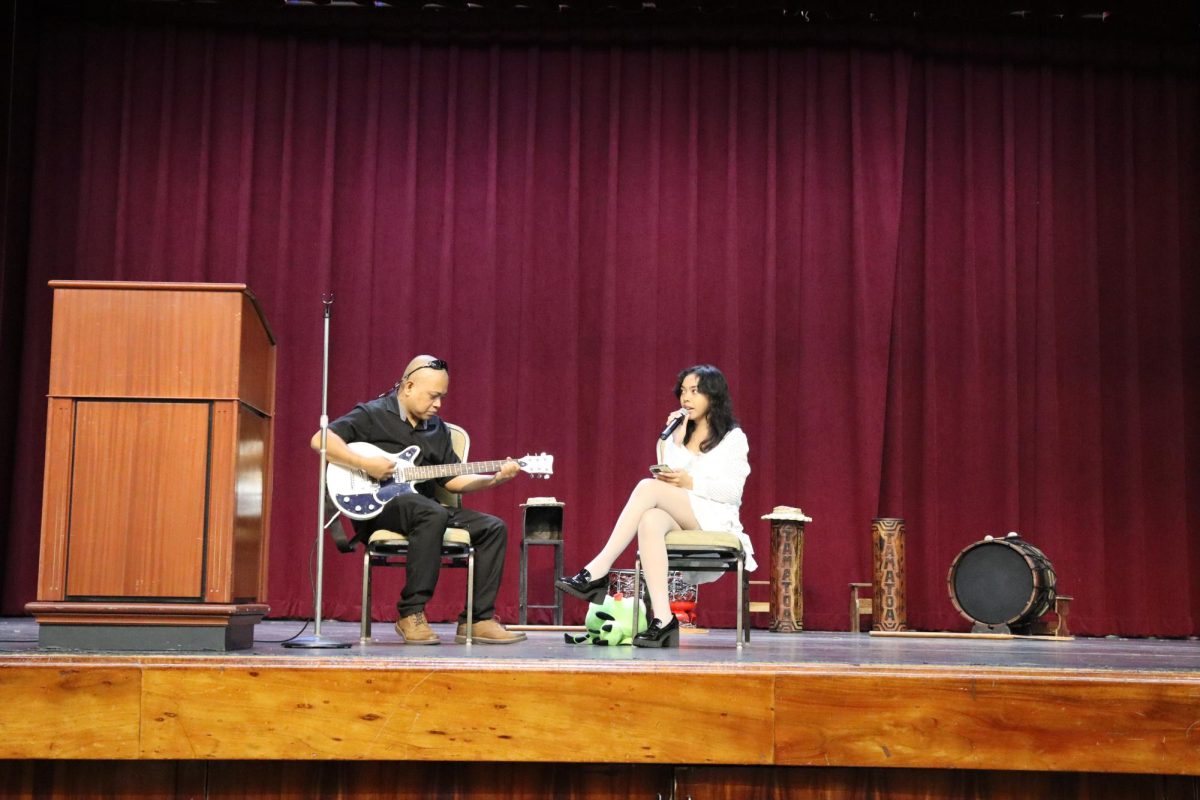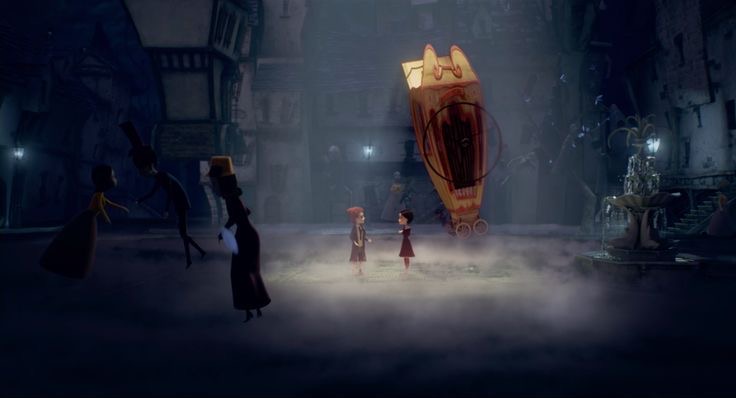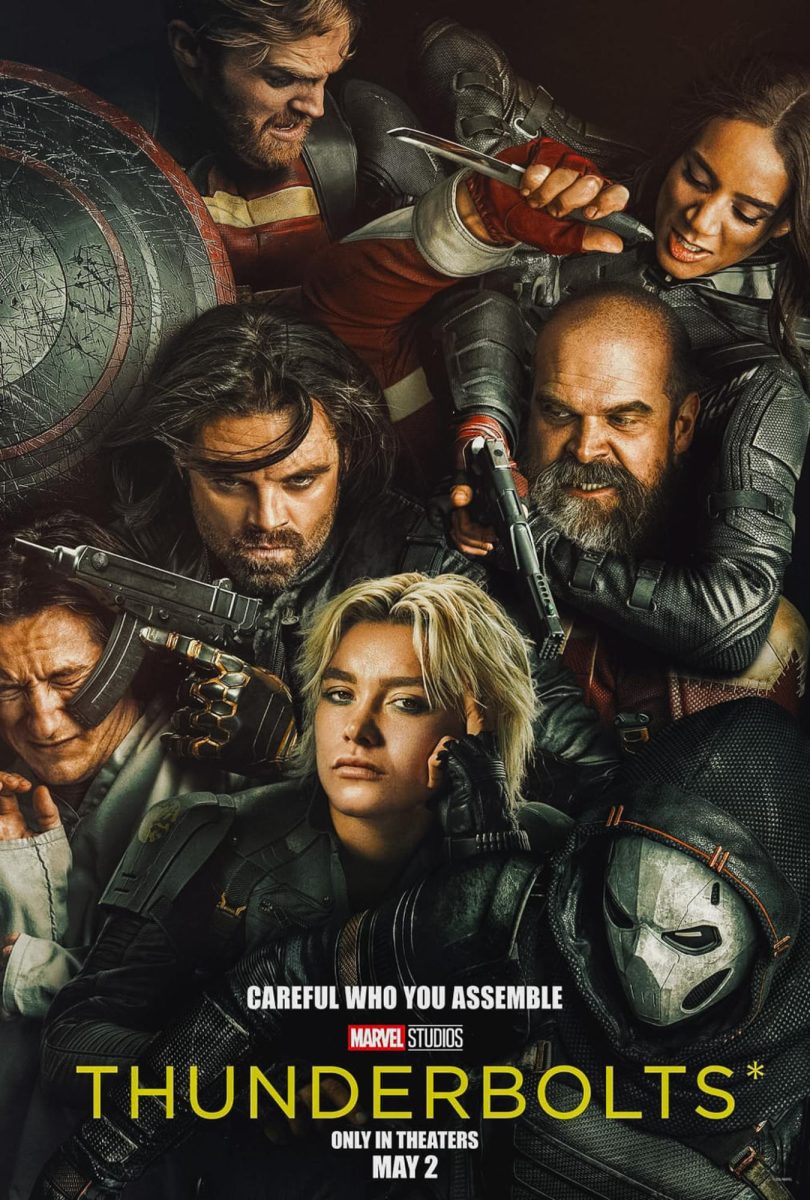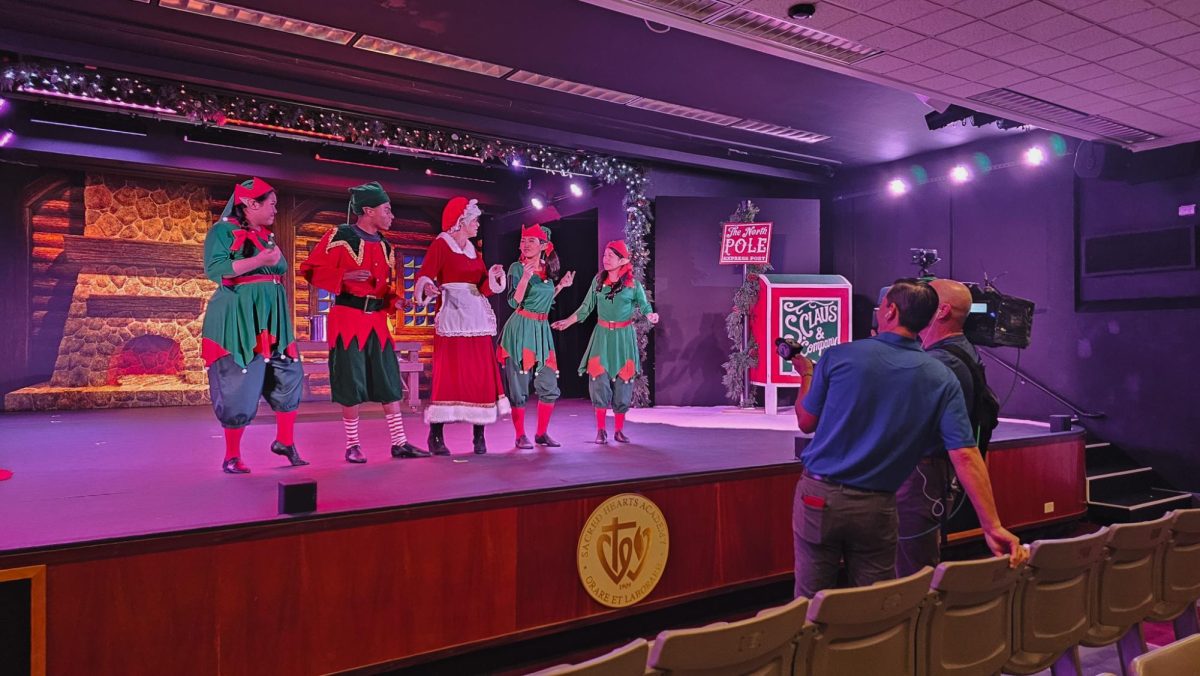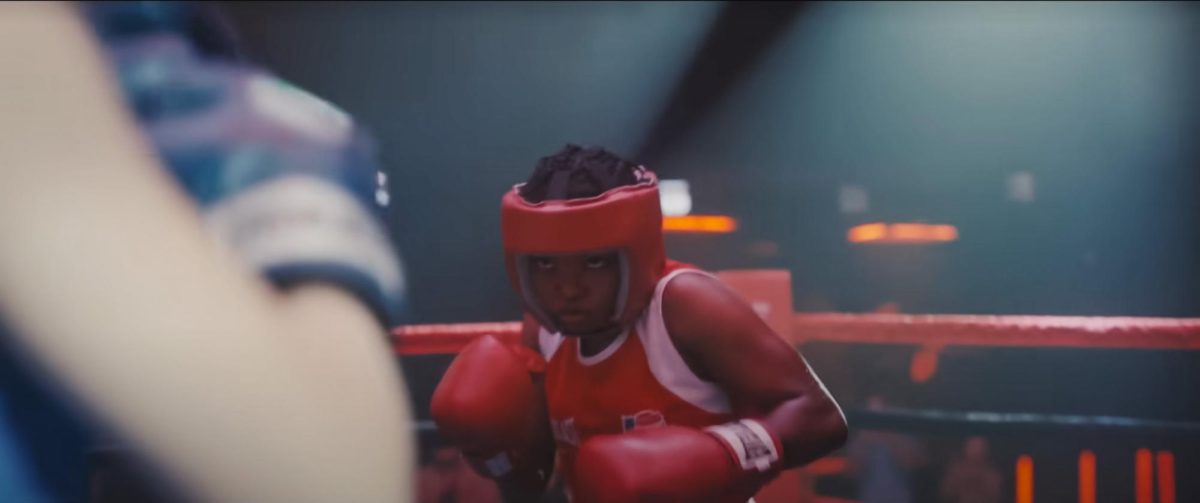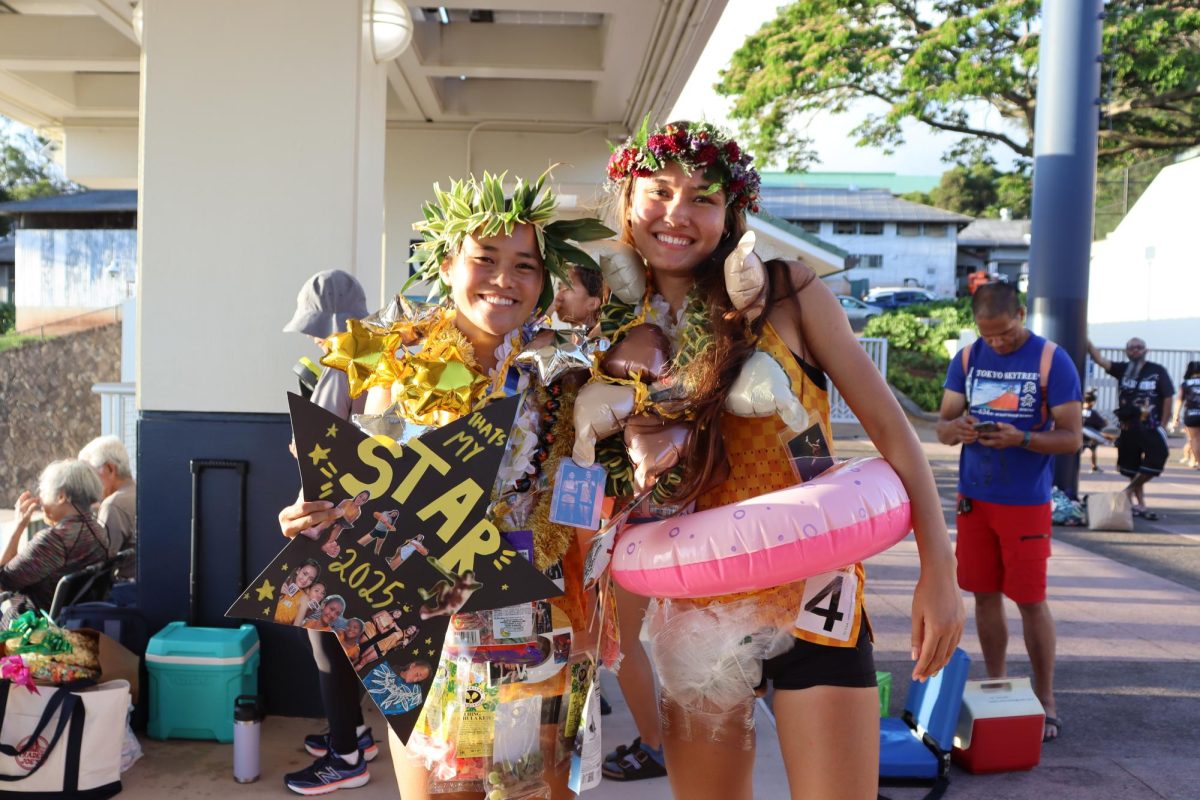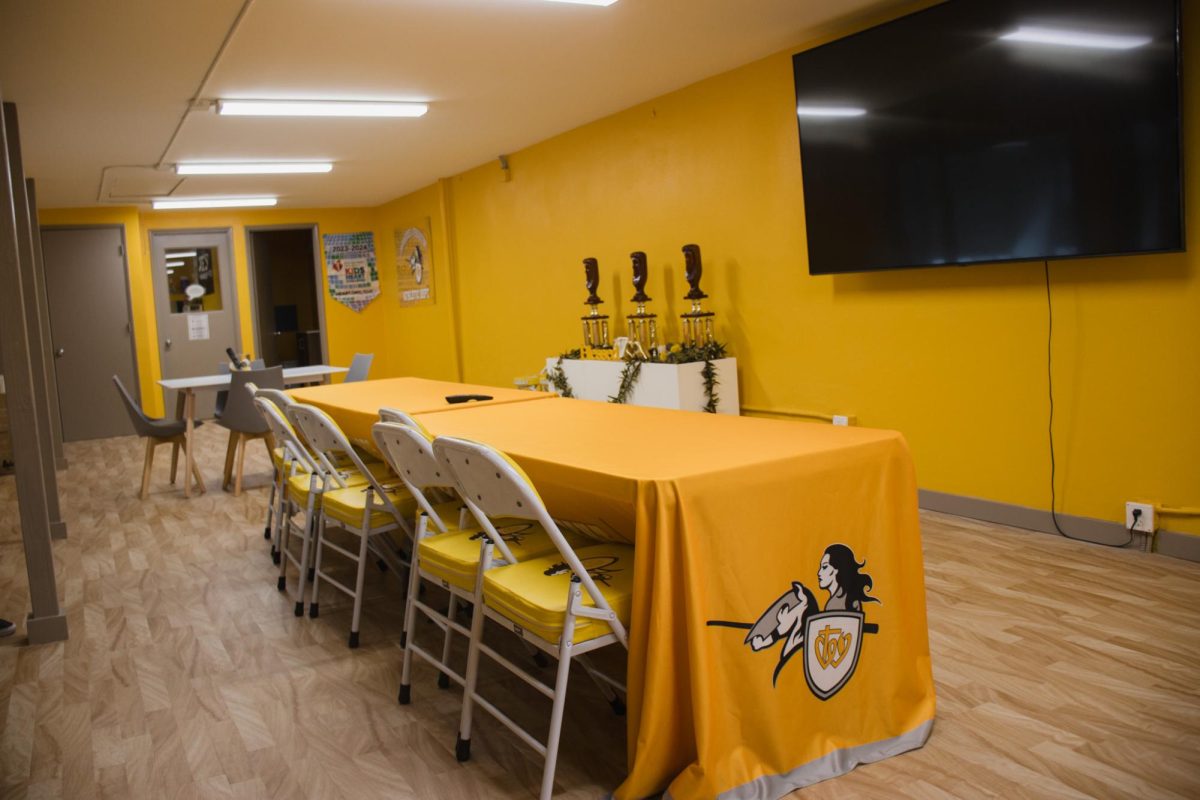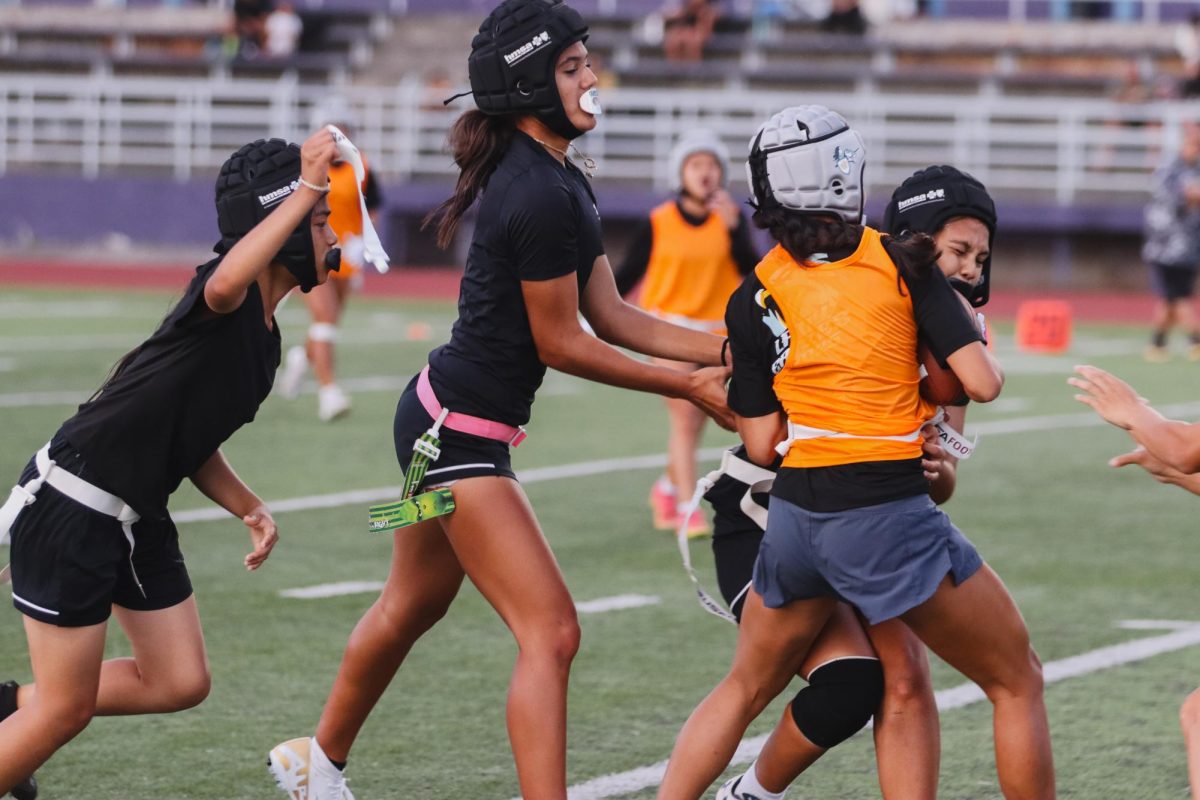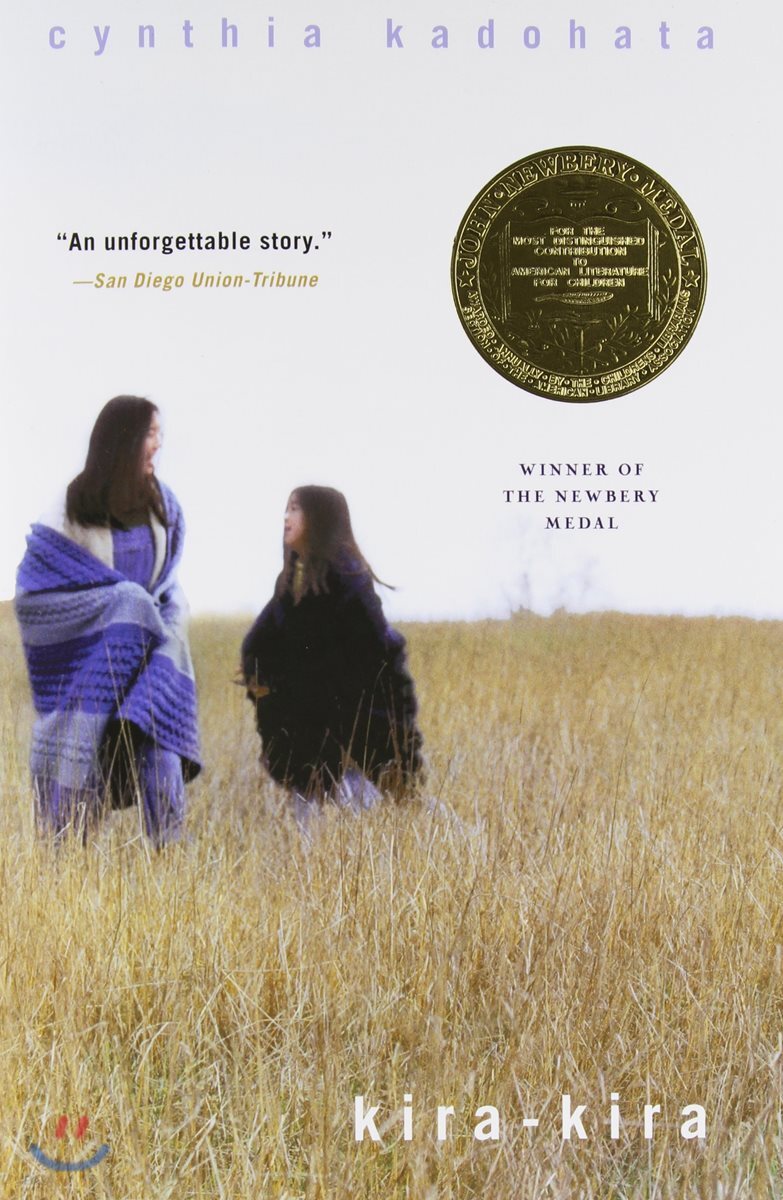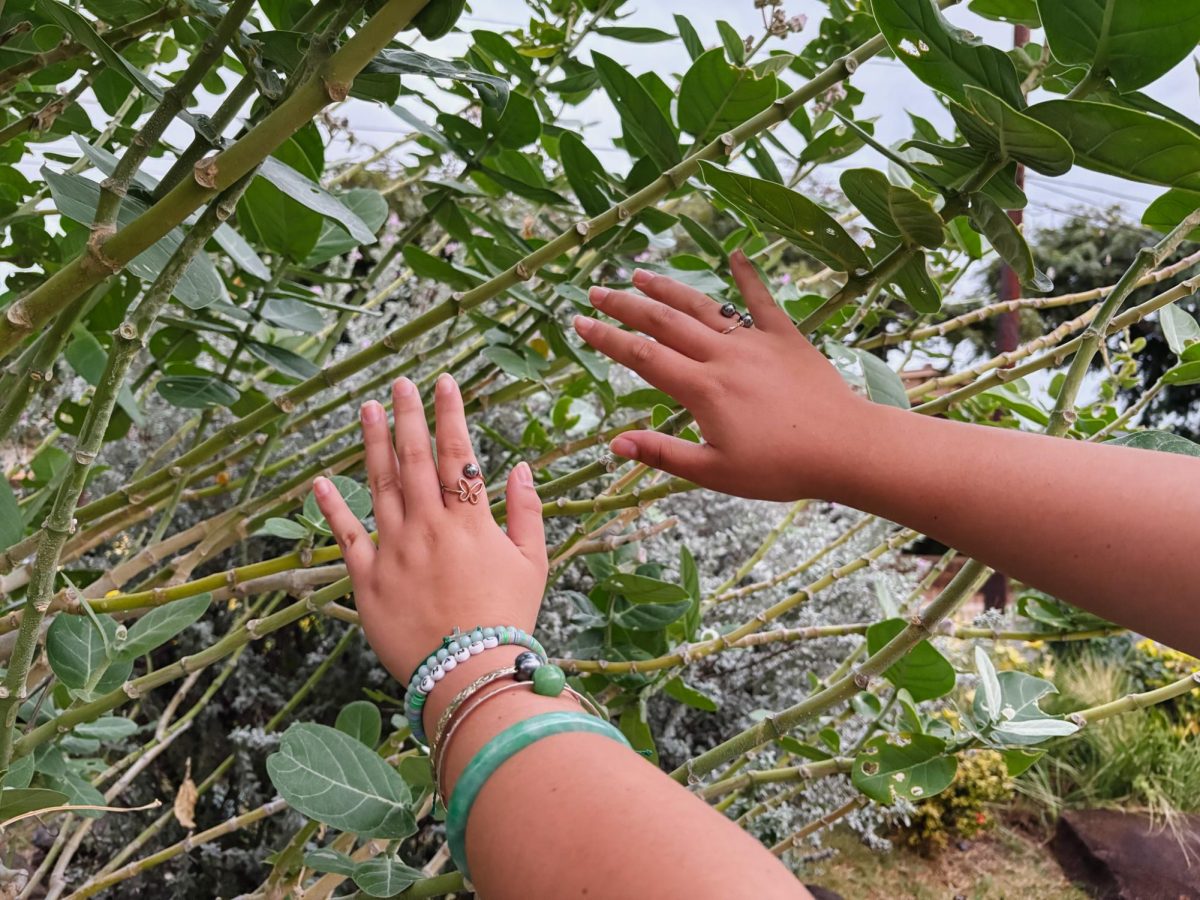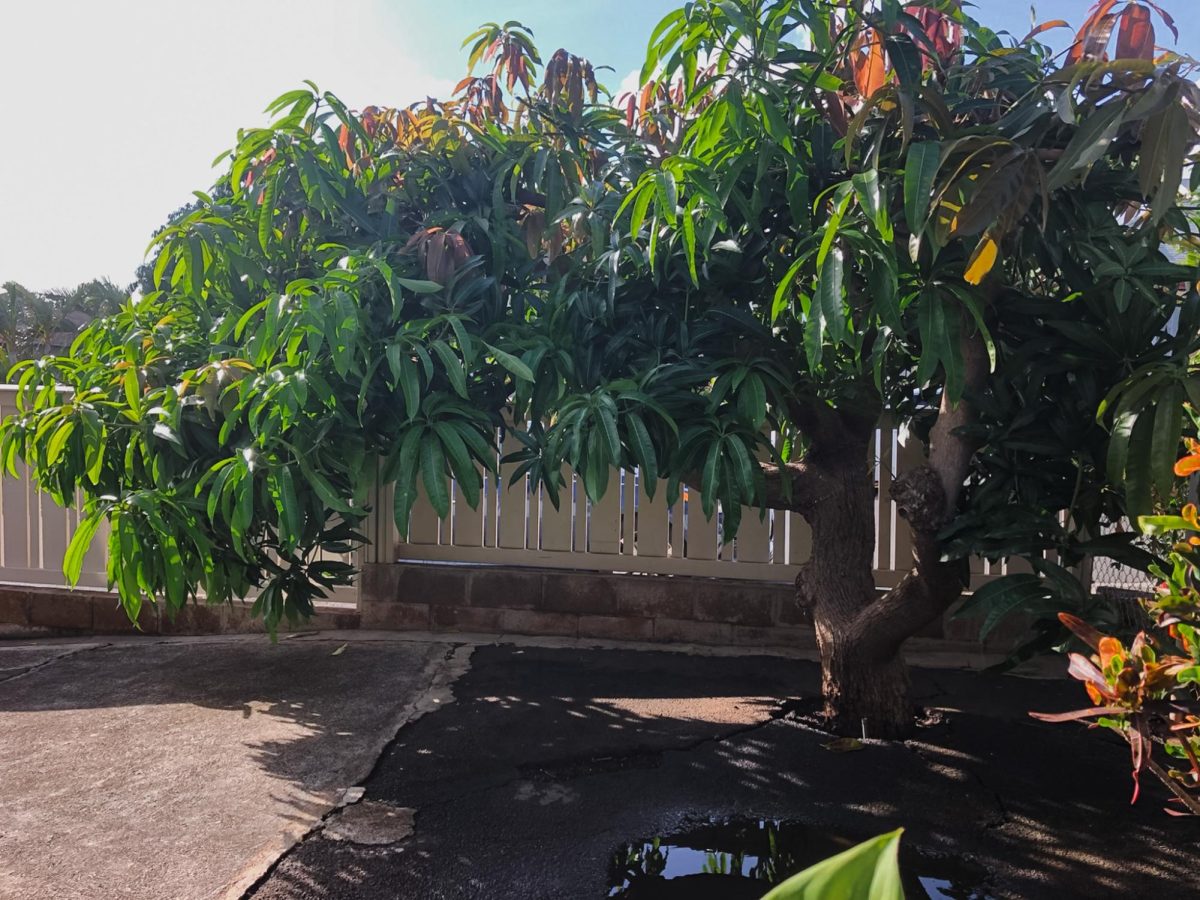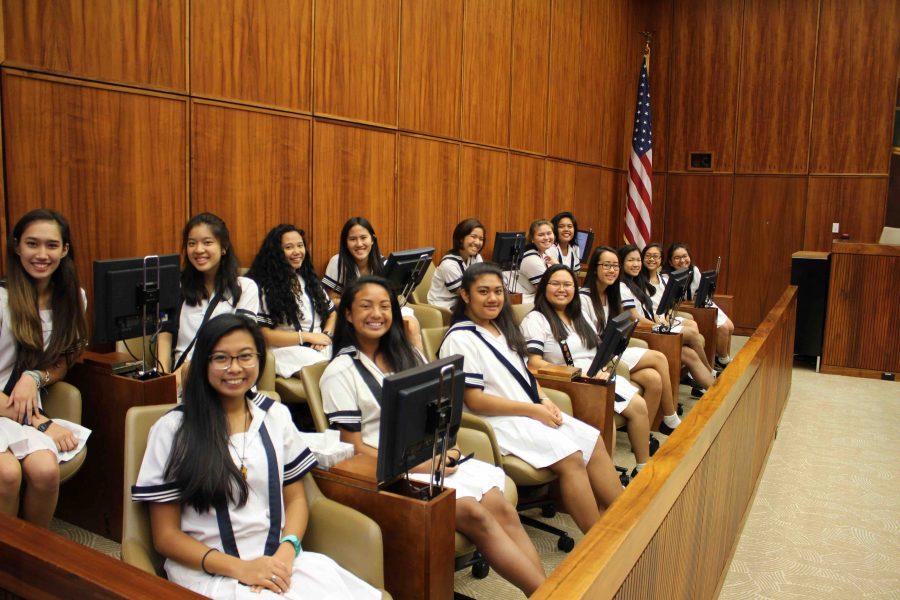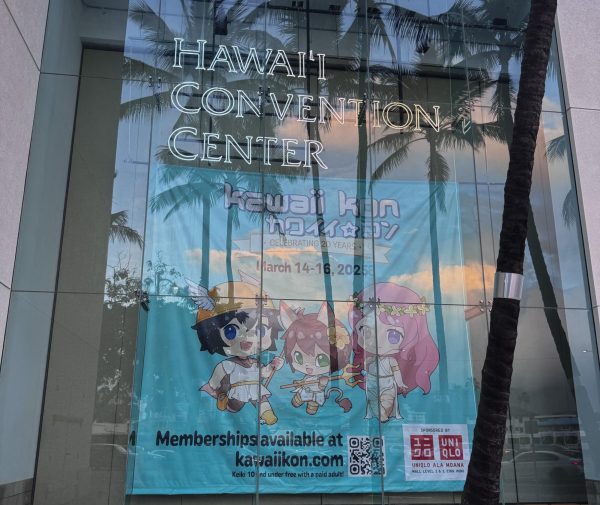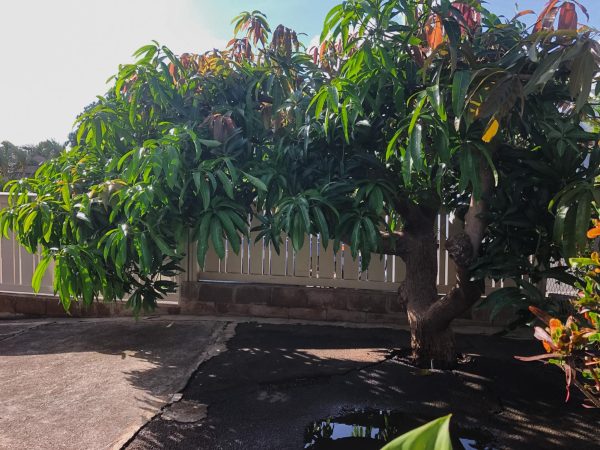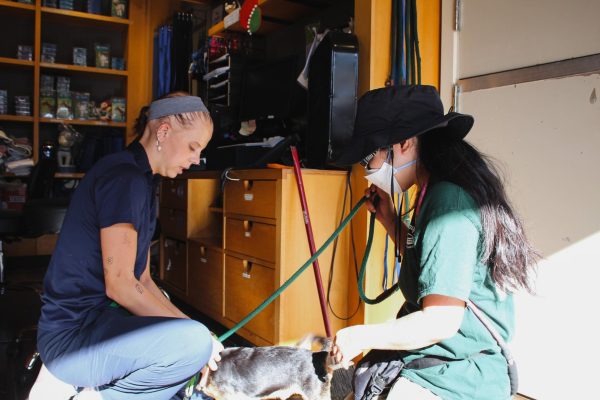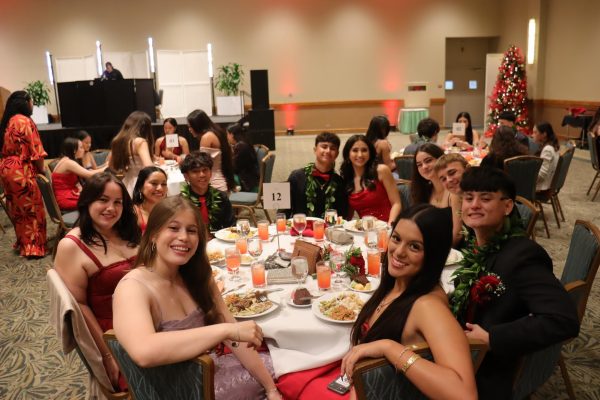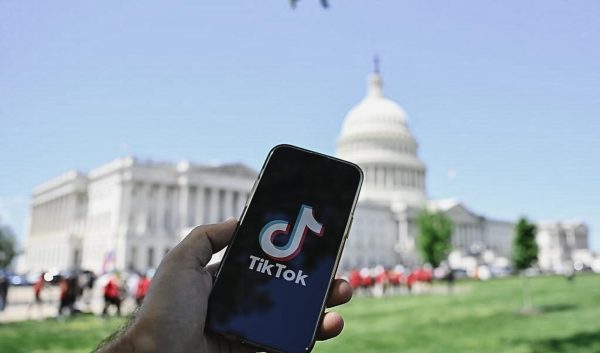Bringing order to the court
“Oh yeah, it’s just another building that people work in. No biggie,” I shrugged, moments before entering the Prince Kuhio Federal Building. One by one, my classmates and I passed through the beeping metal detector. We were on a field trip for our Advanced Placement (AP) U.S. Government and Politics class, and I was more excited about missing a day of school than I was about experiencing a day of off-campus learning. That mindset definitely changed, as soon as I stepped into the building.
What the staff at the federal district court had in store for us incited a zeal that not only changed my mind about the day’s events but also encouraged me to be an involved and informed citizen.
They arranged a mock trial for our class, which was played out in an actual federal courtroom. I served as a member of the jury, which included listening to both sides of the case before deliberating. At first, I was downtrodden that I wasn’t going to be part of the plaintiff’s or defendant’s team. However, my perspective soon changed when I realized that the jurors actually contribute a crucial component part in the trial–the verdict.
The gavel pounded and the case of Goldilocks v. The Three Bears was in session. The plaintiff and defendant stood before the judge, as Goldilocks pleaded “not guilty” to first-degree burglary. I felt like I was part of a real court trial; even the sight of my classmates as federal prosecutors seemed to be fitting. In fact, it was so fitting that it was uncanny! Despite how surreal it was, I still treated the trial as if it were an actual hearing.
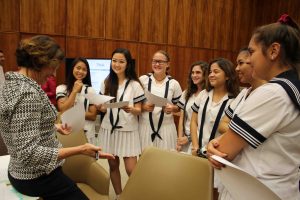
Students participating on the plaintiff’s and defendant’s teams received guidance from women working in Hawaii’s Federal District Court. This included working with Assistant Prosecuting Attorney Jill Otake and Assistant Federal Public Defender Shanlyn Park, who graduated from Sacred Hearts Academy in 1987. Federal District Court Justice Leslie Kobayashi presided over the case.
Forty-five minutes had passed, and both sides had made their defense. I had listened to both arguments intently, analyzing key points of the case and felt ready to deliberate with my fellow jurors. Before dismissal to the jury room, the judge briefed us on guidelines and points of consideration as we made our decision. Now, it was our time to play a role in the legal system.
Though there was some bickering back and forth amongst us jurors, we eventually reached a consensus. Within 15 minutes time, we were heading back to the courtroom. The judge opened up the paper that held our verdict and read it aloud, “On the count of first degree burglary, the defendant is found not guilty.”
Cheers and applauds held out in the room for a while, bringing me back to the realization that we were just high school students in a mock trial.
But it was the ambience of the moment and the tenor of the court trial that really stuck with me; the magnitude that comes with being a U.S. citizen holds more value than it seems, and I am so grateful to have had this experience.
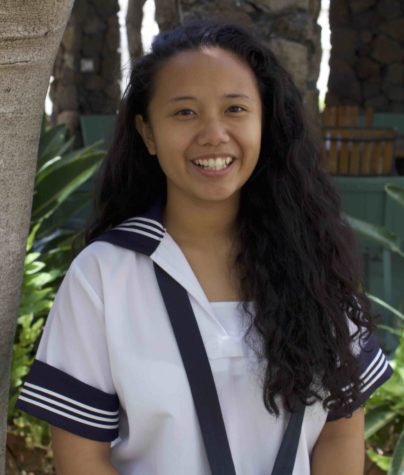
Ashley Marie Lardizabal is a third-year Ka Leo reporter and a senior at the Academy. She is the webmaster of Ka Leo, co-captain of Lancer Robotics, as...

